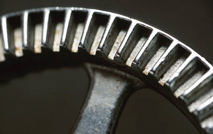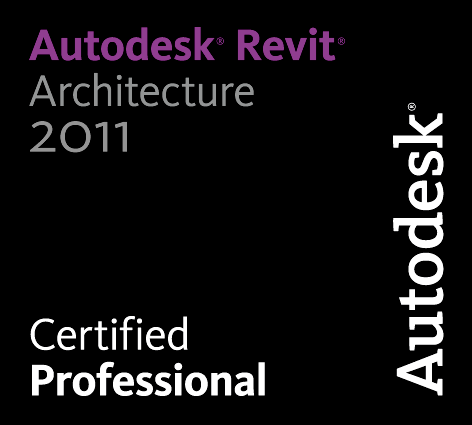|
Multiple
Command Option
-
In order to repeatedly use a command in AutoCAD
you often have to re-enter it on the command line or press
the [Spacebar]. However, there's a faster way. For times when
you know you'll be repeating the same command multiple times,
you can use the MULTIPLE command to do so quickly. For example,
if you want to move multiple objects in succession, enter
multiple on the command line. Then at the "Enter
command name to repeat:" prompt, enter move. After you
select and move
your first object, the Move command automatically appears
again at the
command prompt.
The
above tip submitted by:
Tony
Avello, CAD
Fabric Images, Inc.
800-228-9223 ext. 113
www.fabricimages.com
Fillet
and Chamfer without trimming the original entities
- In the Fillet and Chamfer command you have the option to
adjust the lines to fit to the Fillet or Chamfer (default)
or keep them in their original state. To keep the lines in
their original state and add a radius or chamfer, set the
"Trim" option to "No Trim".
Trimming
/ Extending multiple lines in one pass
- When using the Trim command, you have the option to trim
many entities at one time. Once you have selected the cutting
edge, type "FENCE" at the "select edges to
trim". This will allow you to draw a line or "fence"
across all the lines you want to trim. Once drawn, hit the
enter key and all the lines will trim.
Trimming
/ Extending without cutting edges - If you hit
a return when AutoCAD prompts you for a cutting edge, AutoCAD
assumes all edges are cutting edges. This gives you the freedom
to pick any line and it will be trimmed back to the next intersecting
object.
Trimming
/ Extending to Xrefs and Blocks - In 2002 and above,
the Trim command will automatically trim to xrefs and blocks.
In 2000, under Express tools (R14 Bonus Tools) there is a
tool called " Trim to Block Entities". This command
will let you select edges of a block or xref to be used as
cutting edges.
Trimming
/ Extending to edges that do not intersect
- The Trim and Extend commands have an option to trim
to an implied edge. ( Extending to edges that will not touch.
) This option is somewhat hidden. After selecting the trimming
or extending edge, you will see an "Edge" option
at the command prompt which has a "No Extend" (default)
or "Extend" option. With the "Extend"
option "ON", AutoCAD will use implied edges.
Listing
the actual length of an Arc, Line, Pline or Spline
- Try out the LENGTHEN command and select an arc.
AutoCAD will list the actual length.
Changing
the Length of an Arc, Line, Pline or Spline
- Try out the LENGTHEN command. This command will let you
adjust the length of an arc or line using many different options.
Here are some of the options. It is also located on the Modify
toolbar.
Need
to Align/Scale two objects -
Try the ALIGN command. This command will align the angle of
one object with the angle of another. It will also scale an
object to match another.
Move,
Rotate and Scale with one command
- Try the ALIGN command. This command will move
the object from one point to another and then rotate and scale
it as needed.
Using
GRIPS
Grips
work just the opposite of the standard AutoCAD procedure.
Years ago in AutoCAD, the only option that was available for
editing objects was VERB - NOUN. This is when you select what
you would like to do, for instance, move, and then the object
you wanted to move. With Grips, its NOUN - VERB. You select
the object, and then tell AutoCAD what to do with it.
Various
LTScales in one drawing.
CELTSCALE
command. This command lets you change the LTSCALE of an independent
entity. It is a factor of the LTSCALE. Example: If the CELTSCALE
is set to 0.5 for an entity, the LTSCALE for that entity,
will be 50% of the overall LTSCALE for that drawing.
PSLTSCALE
command variable. Turn it on. This variable, when on, sets
the line scale in each viewport to the match each viewport
scale factor. Give it a try.
The
Purge Command
Purging
a drawing removes all the unused information (blocks, layers
etc.,) from your drawing file to help reduce the size of the
file. Also check the "purge nested entities". When
purging a drawing in 2000 and R14/LT97 run the purge command
3 times. This removes any nested information that the first
purge may not.
New
Tips and Tricks will be added to this page periodically.
If
you have a neat tip, trick, LISP routine, or macro and would
like us to consider adding it to our site with your name,
please e-mail us @ support@CADtechSeminars.com
|







